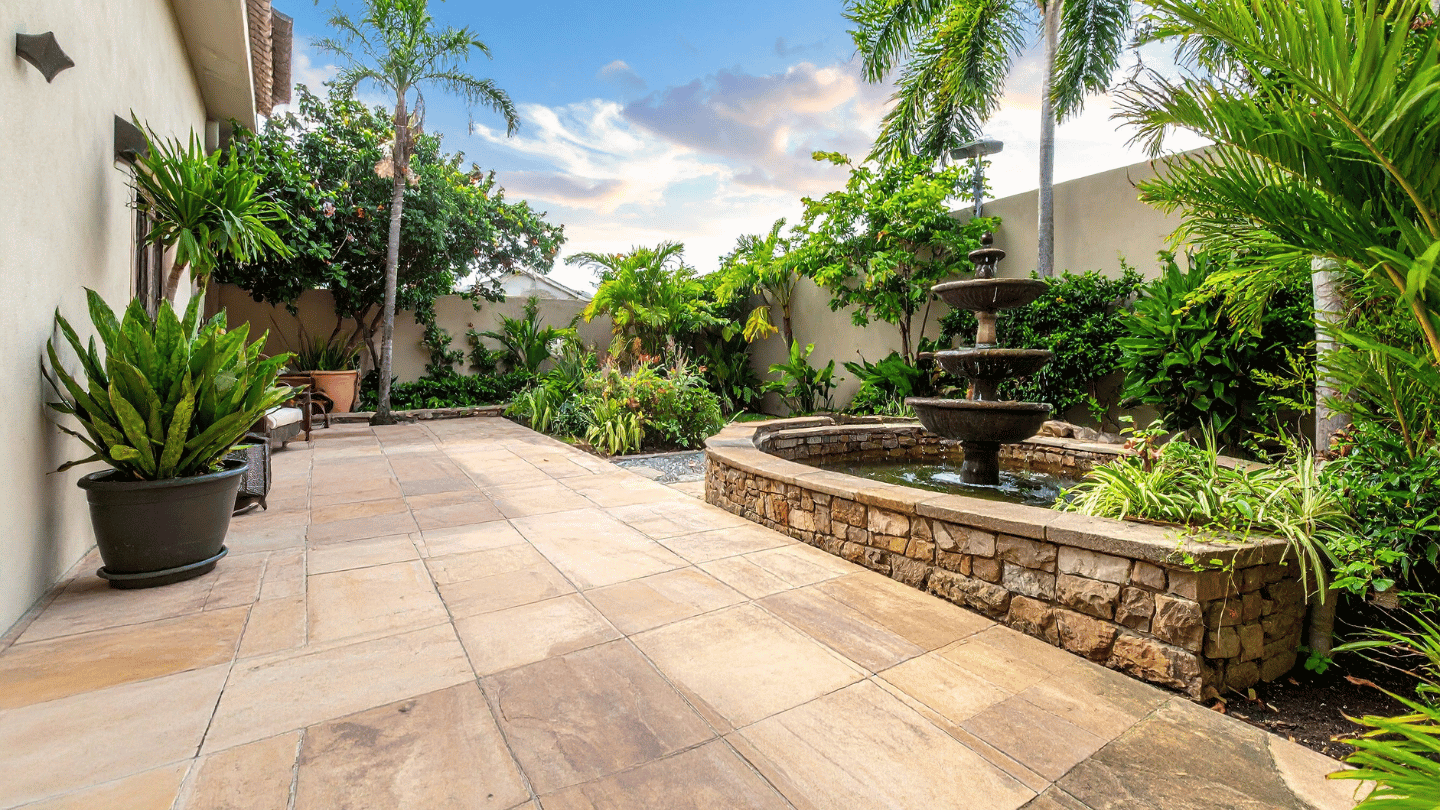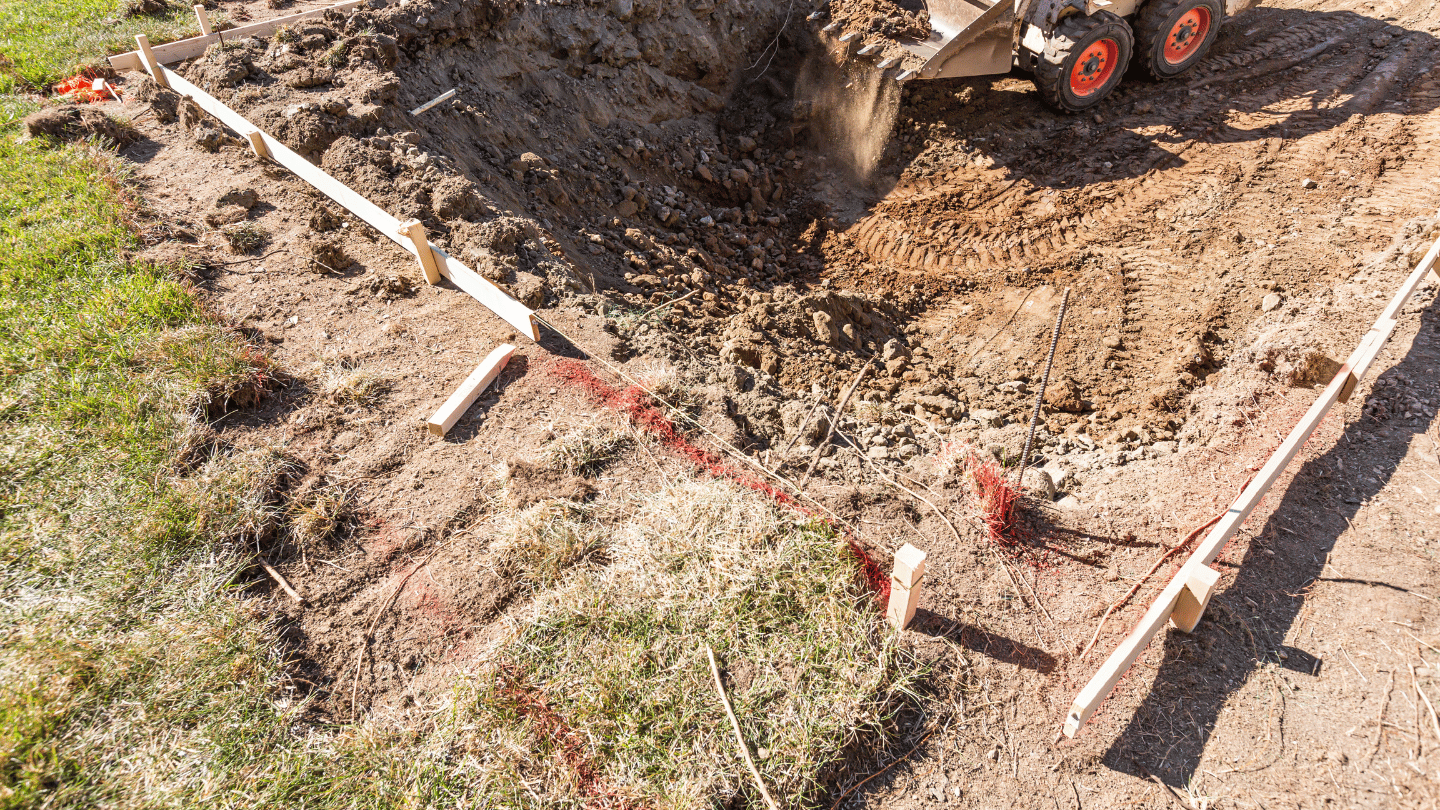You know that moment when you're scrolling through garden photos and you see a gorgeous water feature, and you think "I want that"? Then you start digging into options and realize there's a whole world of difference between a water wall and a traditional fountain. We've installed both for years, and honestly, the right choice usually comes down to your space and how you actually use your yard—not which one looks cooler on Instagram.
The sound is where most people start, and it matters more than you'd think. We had a client last year whose backyard felt weirdly exposed—neighbors on both sides, street noise from the front. After we put in a slate water wall along their back fence, they told us it was like someone turned down the volume on everything else. That's what moving water does. It's not magic, just white noise that your brain latches onto instead of car doors slamming or the neighbor's dog. A fountain gives you a similar effect, but the sound is softer, more musical. If you're looking to drown out noise, a water wall with a good flow rate (we usually go with 800 to 1500 GPH depending on the wall height) is your better bet.
Then there's the space thing. Water walls are vertical, so they work in spots where a fountain wouldn't fit. We put one in a narrow side yard in Riverside last spring—maybe four feet wide total—and it completely transformed what was basically a forgotten pass-through into an actual destination. You need about 12 to 18 inches of floor space for the basin, and that's it. Fountains, especially tiered ones, need room to breathe. A three-tier fountain wants at least a six-foot radius around it to look proportional and not cramped. Put it in too tight a space and it just feels awkward, like oversized furniture in a small room.
Style-wise, water walls skew modern. Glass, stainless steel, natural stone with a smooth face—they're clean and architectural. That can be perfect if your house leans contemporary, or if you're trying to create contrast with something older. We did a copper water wall at a 1950s ranch house a couple years back, and the warmth of the copper softened the modern lines just enough that it didn't feel like it dropped in from another decade. Traditional fountains—cast stone, tiered designs, bronze finishes—fit naturally with Mediterranean, Spanish, or Craftsman homes. They're also easier to make the centerpiece of a garden bed or courtyard. You can plant around them, light them from below, and they hold their own as a focal point.
Here's what nobody tells you about maintenance, though: water walls are finicky about water quality. Because the water sheets down a flat surface, any mineral buildup or algae shows immediately. And depending on where you live, your water hardness can make that a weekly scrub situation instead of a monthly one. Fountains hide imperfections better—the water's moving through bowls and splashing, so a little mineral scale isn't as obvious. You'll still need to clean both regularly (figure every two to three weeks for a quick wipe-down, plus a deeper clean each season), but water walls demand more attention if you want them looking sharp. A good filtration system and a quality pump make a huge difference either way. We spec adjustable-flow pumps on almost everything now because they let you dial in the right sound and prevent splashing issues that come from too much pressure.
The cooling effect is real, by the way. It's not like standing next to an air conditioner, but flowing water drops the temperature in the immediate area by a few degrees through evaporation. If you've got a patio where you eat dinner in the summer, positioning a water feature nearby makes it noticeably more comfortable. Water walls tend to create more evaporative cooling because of the surface area, but a fountain with a good flow will do the same thing.
So which one should you actually get? Walk through your yard and think about where you already spend time—or where you wish you did. If you've got a blank wall that's begging for something interesting, or a narrow space that feels wasted, a water wall can turn that into something worth looking at. If you've got an open garden area or a courtyard that needs a centerpiece, a fountain makes more sense. And if maintenance feels like a chore you'll avoid, lean toward a fountain. They're more forgiving when life gets busy.





.jpg)





.jpg)